
 The newsletter of the Radio JOVE Project
The newsletter of the Radio JOVE Project"Solar and Planetary Radio Astronomy for Schools"

 The newsletter of the Radio JOVE Project
The newsletter of the Radio JOVE Project
Radio JOVE started as a NASA sponsored educational outreach project in 1999. We developed a radio telescope kit suitable for receiving signals from Jupiter, the Sun, the Galaxy, and Earth-based radio emissions. The kit comprised a radio receiver (RJ1.1) and a dual dipole antenna for 20 MHz. An important goal was to teach electronic principles including how to build, solder, and assemble the radio receiver and antenna.
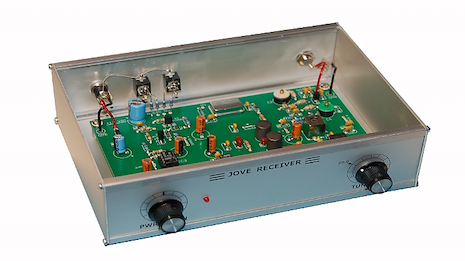
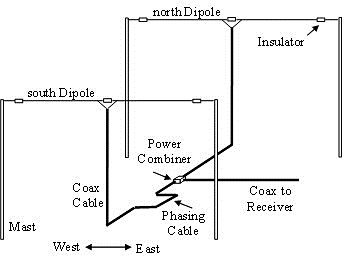
In addition to the hardware, three software packages were developed. These were Radio Jupiter Pro (Jupiter emission prediction program), Radio-SkyPipe (strip chart program) and Radio Sky Spectrograph (control and display of radio spectrograph data).
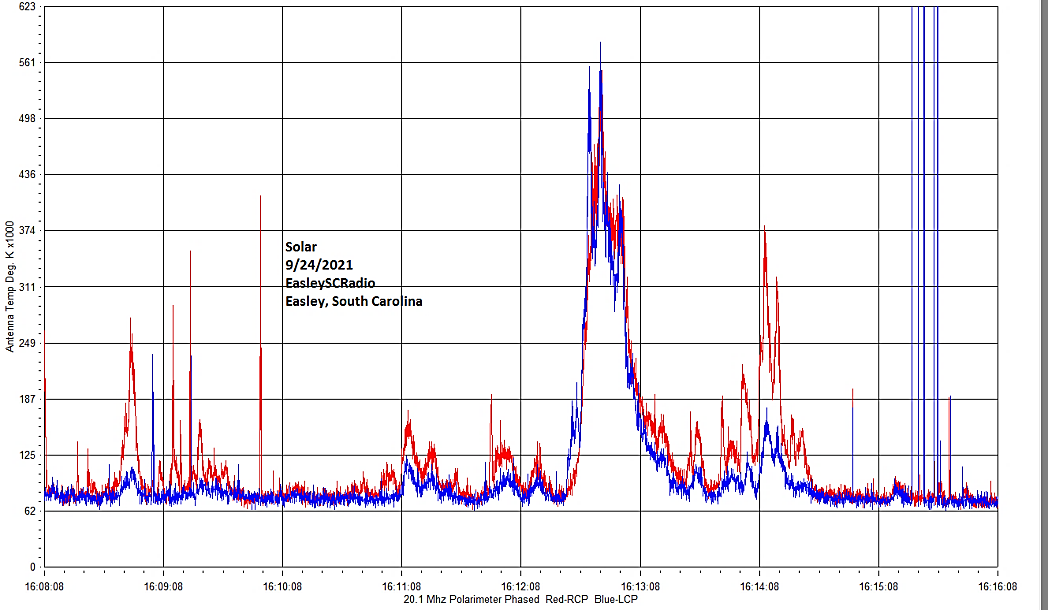
As of the Fall of 2021, over 2,500 kits have been sold at cost to schools and individuals around the world. Thousands of data submissions from observers have been made to the Radio JOVE data archive.
The original Radio JOVE website provided a wealth of information describing observation methods and various educational materials intended to teach radio astronomy techniques and scientific methods. Biannual newsletters were produced and several telephone help sessions were held each year.
A sub-group of experienced observers known as the SUG (Spectrograph Users Group) evolved from the core JOVE group. These observers developed data collection and analysis techniques using more advanced equipment. They have contributed to articles published in peer-reviewed scientific journals. This group is still active under the observer’s group on the Radio JOVE listserv.
In the past we provided the hands-on experience of building a radio kit. We have many RJ1.1 receivers in operation successfully contributing scientifically valuable data. However it has become increasingly difficult to obtain parts for the RJ1.1 kits and therefore we have decided to introduce a new design for our receiver. We plan to continue supporting the hardware and software for the original Radio JOVE receivers but we will only be making available for purchase this newly designed system.
In recent years new technologies have made software defined radios (SDRs) a reality. These radios can operate on a single frequency like the JOVE receiver, but they can also generate spectrograms which depict radio activity as a function of both time and frequency. Such displays offer new insights into our studies of the Sun, Jupiter, the Galaxy, and both natural and artificial Earth-based radio emissions.

Radio JOVE will continue to sell a radio telescope package including an antenna, receiver, and software; however, the receiver will be a commercially built SDR.
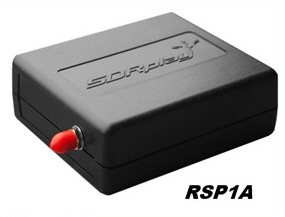
It will continue to be our goal to introduce new observers to the scientific method and help them experience the thrill of receiving cosmic radio signals. Through a series of educational training modules and observing and analysis projects we hope to guide new observers to levels where they can contribute to Citizen Science projects.
We will continue to support our large user base with JOVE RJ1.1 receivers – both in terms of technical support for the receivers but also with new and exciting observing projects for both RJ1.1 and SDR users.
We welcome both new and experienced observers to the JOVE 2.0 program as we share the excitement of receiving, studying, and understanding radio signals from our corner of the galaxy.
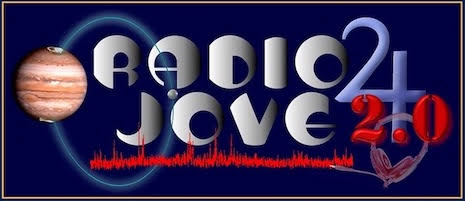
The JOVE Bulletin is published twice a year. It is a free service of the Radio JOVE Project. We hope you will find it of value. Back issues are available on the Radio JOVE Project Web site, http://radiojove.gsfc.nasa.gov/
For assistance or information send inquiries to:
or
